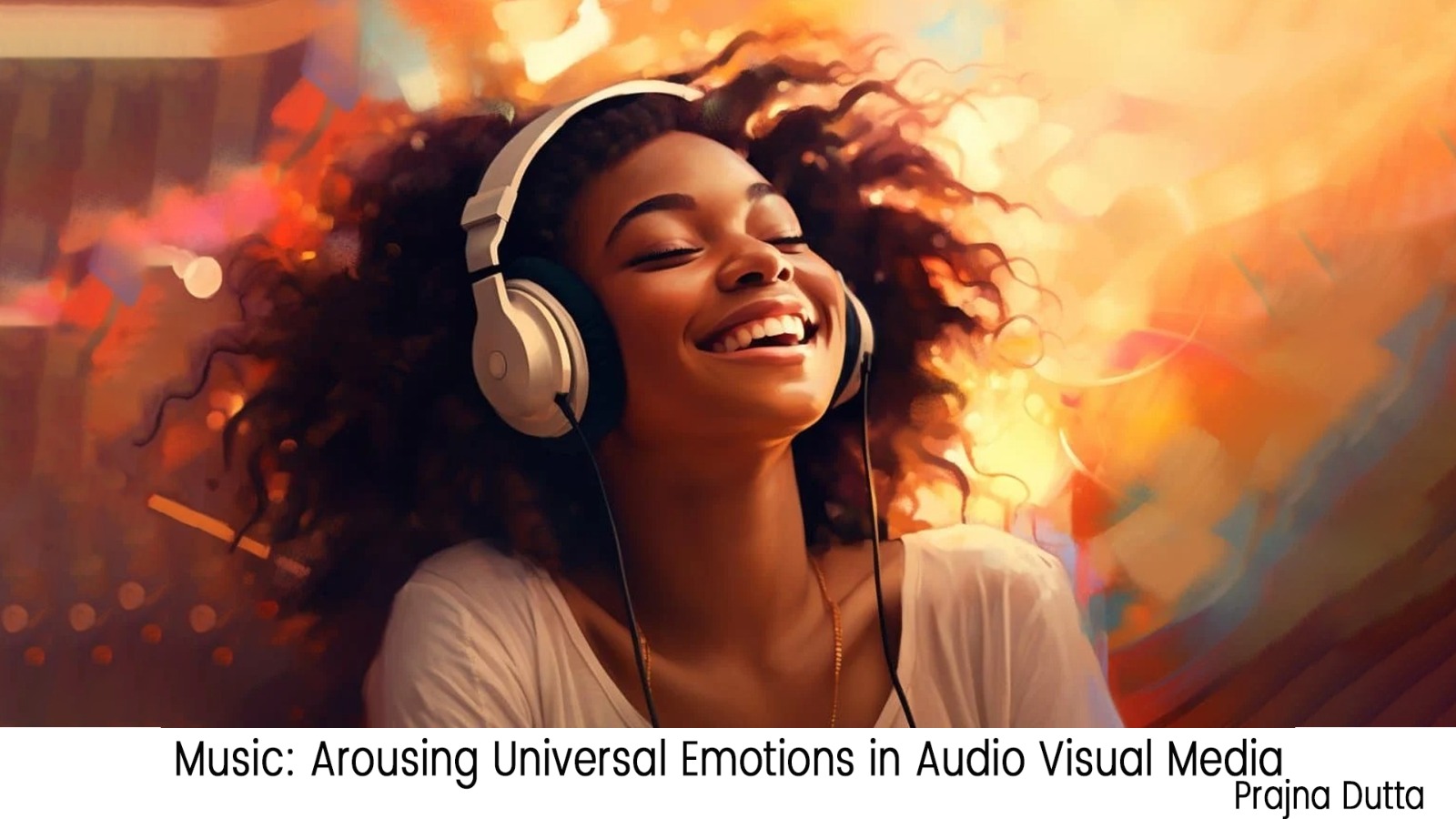Arousing universal emotions through music in audiovisual experiences can be a powerful tool to engage and connect with audiences on a deep emotional level. Here are some techniques and considerations for achieving this:
1. Understand the power of music: Research in the field of psychology has shown that music can elicit strong emotional responses due to its ability to activate the limbic system in the brain, which is responsible for processing emotions. For example, studies have demonstrated that minor keys and dissonant harmonies tend to evoke feelings of sadness or tension, while major keys and consonant harmonies can evoke happiness or tranquility.
Anecdote: Consider the iconic opening theme of Ludwig van Beethoven's Symphony No. 5. The repetitive four-note motif, played in a minor key, immediately establishes a sense of tension and anticipation. As the symphony progresses, Beethoven skillfully manipulates the musical elements to create a powerful emotional journey, culminating in a triumphant and uplifting finale.
2. Align the music with the visuals: When music and visuals are synchronized effectively, they can enhance each other's emotional impact. Filmmakers often use this technique to create memorable and emotionally charged scenes. For example, in the movie "Jaws," the suspenseful music composed by John Williams, featuring a repeating two-note motif, builds tension and signals the imminent danger of the shark's presence. The combination of the music and visuals intensifies the audience's fear and anticipation.
3. Use dynamics and contrast: The use of dynamics, such as changes in volume and intensity, can greatly influence emotional responses. Dramatic shifts in dynamics can create a sense of surprise, excitement, or even fear. Anecdote: An excellent example is found in the "1812 Overture" by Pyotr Ilyich Tchaikovsky. This composition starts softly and gradually builds up with layers of instruments and a powerful choir, reaching a climactic finale with booming cannons. The contrast between the quiet opening and the explosive conclusion generates a thrilling emotional experience for the listeners.
4. Leverage cultural associations: Different cultures have unique musical traditions and associations that can evoke specific emotions. For instance, the sound of a sitar or tabla drums in Indian classical music can transport listeners to a place of contemplation and spirituality. Anecdote: In the film "Slumdog Millionaire," the fusion of Indian classical music with contemporary elements helped create a sense of place and cultural authenticity, evoking both joy and melancholy in the audience.
5. Emphasize melody and harmony: Melodies and harmonies have a direct impact on emotional responses. Anecdote: Consider the famous opening of Johann Pachelbel's "Canon in D." The repetitive and soothing melody, supported by a simple yet beautiful harmonic progression, has a calming effect and can evoke feelings of serenity and contentment.
6. Consider pacing and tempo: The tempo and pacing of the music can influence the perceived energy and emotional response. Anecdote: In the film "Rocky," the training montage featuring the song "Eye of the Tiger" by Survivor is a perfect example. The fast tempo and driving beat of the music align with the intense physical training sequences, creating a sense of motivation, determination, and empowerment.
7. Experiment with instrumentation and sound design: The choice of instruments and sound effects can significantly impact the emotional tone of the music. Anecdote: In the movie "Interstellar," the composer Hans Zimmer used a church organ to create a deep, resonant sound that added a sense of grandeur and awe to the space exploration theme. The choice of The choice of instrumentation and sound design can evoke specific emotions and enhance the overall audiovisual experience.
Anecdote: In the video game "The Legend of Zelda: Ocarina of Time," the haunting melodies played on the ocarina, combined with atmospheric sound effects, transport players to a world of adventure, mystery, and nostalgia. The use of specific instruments and sounds can evoke a sense of wonder, danger, or emotional connection to the game's narrative.
In summary, music has a profound impact on our emotions, and when integrated with visuals, it can create a powerful and immersive experience. By understanding the theoretical aspects of music, exploring examples from various media, and experimenting with different musical elements, you can effectively arouse universal emotions and captivate audiences in audiovisual experiences.

Comments